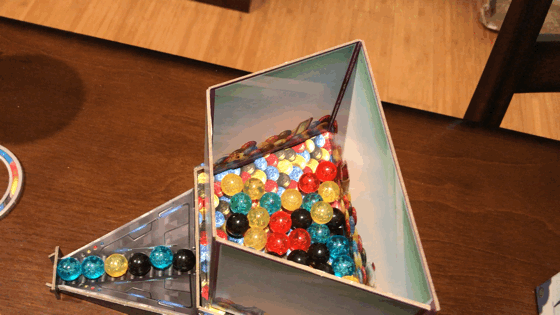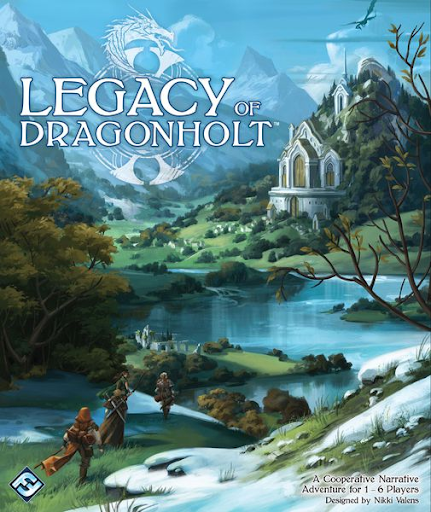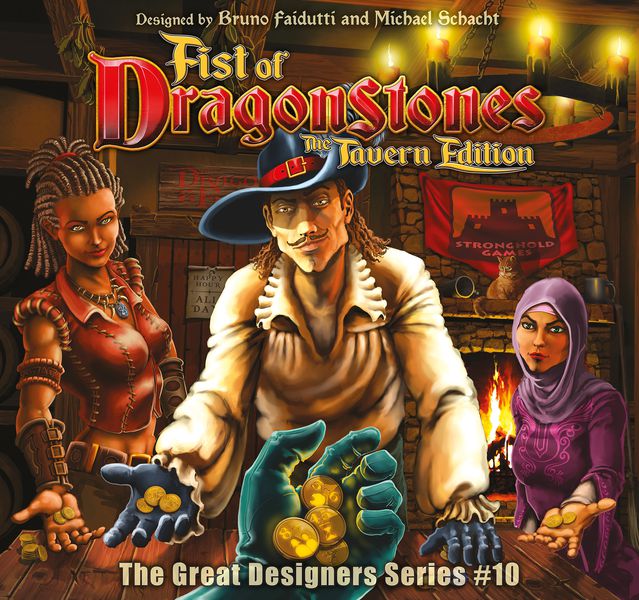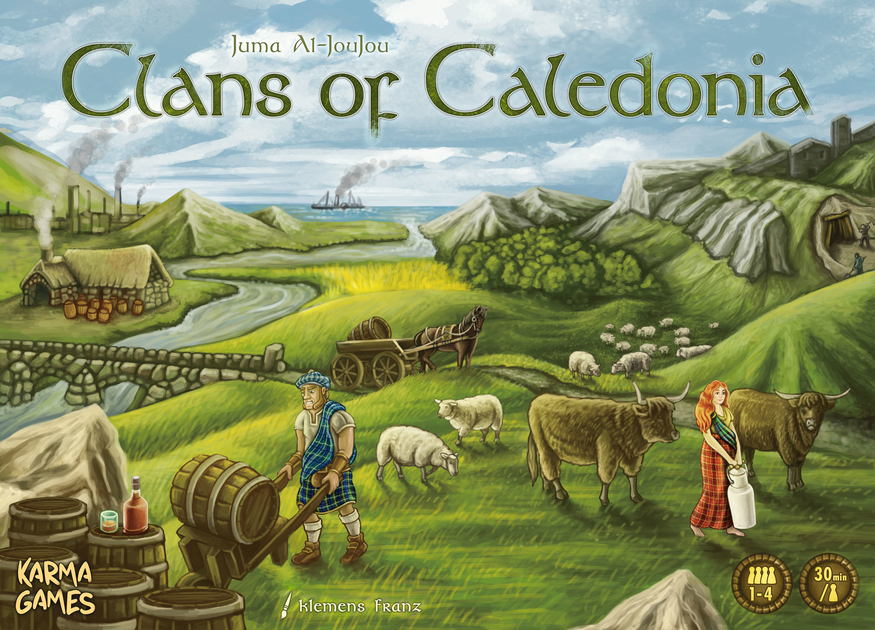Designed by Phil Walker-Harding
Illustrations by H. Cardoso, J Ferrari, G Guimaraes, M Harlaut & S Jalabi
Published by CMON 2018
2-4 Players ~ 30-45 Minutes
Review “The Purity Engine” by Jack Eddy
Gizmos is so clever that it makes me kind of mad. There is a simplicity about the design that makes it feel so obvious; like, engine building as a singular mechanic barely disguised as a game. I have this same reaction with songs sometimes, where a song structure capitalizes on a particular feeling and the tune is really just a platform for repeated delivery of one incredible hook, Gizmos is satisfying and perfectly crafted pop perfection.
The Self Operating Napkin (Gameplay)
Normally I’d start a review by diving into the gameplay, but there is no way you’re going to look at Gizmos and not ask “what’s up with the marbles?”, so let’s tackle that first. Gizmos, much like CMON’s Potion Explosion, comes with a marble “hopper”, where your spherical currency rolls down in a perfectly Rube Goldbergian fashion. This mechanized beast really accomplishes 2 things: first, it randomizes and automates the currency available for selection, and more importantly, it beautifully establishes tone and theme.
In Gizmos, players are rival inventors at a science fair, competing to create the best, albeit ridiculously complicated, contraption. What is the purpose of your contraption? Doesn’t matter! Gizmos rewards players for the complexity and interconnectivity of their machines, who cares if it saves lives or herald’s a new age for humanity?
Really, everything is driven by a player’s action board, featuring 6 columns, 4 of which correspond to the 4 different actions you can choose to take as your turn. You can build, paying marbles of matching colors to acquire a card from the display, reserve a card from the display to be build later on, pick a revealed marble from the hopper and place it in your cardboard circle of holding (much to the anxiety of toddler parents and cat owners everywhere) or “research”, where you take a number of cards from one of the three tiers of decks and either purchase or reserve the card.
That’s it, those are your four actions of which each one fully composes your turn, and one of them is essentially just feeding into two of the others. But what makes Gizmos so devious is that every card purchased is added to one of the columns in front of you, augmenting that column. For instance, a card may make it so whenever you “pick” a marble, you also get a random one from the hopper.
It sounds benign at first, but this upgrade system starts getting out of control in the best sort of ways, creating exciting combos that chain together, so when you “build” you get to pick marbles, and picking marbles lets you draw random marbles, and maybe you have a few cards for your converter and upgrades columns, making it so you can have more maximum marbles and two of your black marbles can be converted into any color in a turn. You get the idea, but the sequence of interactivity can get bonkers in a turn.
Gameplay continues until a player has sixteen gizmos cards or someone has built 3 tier three gizmos, at which time you finish out the round and count points. Gizmos from Tier I and II are each worth their cost in points, but several of the tier III gizmos have some alternate way of scoring. Additionally, some players may have gizmos that pumped out point tokens along the way. From there it’s the simple and clean conclusion of tallying up points and declaring the winner.
Automatic Weight Reducing Machine (Flow & Feeling)
At first, playing Gizmos feels like standard fare, especially if you’ve played similar pick / purchase / reserve games where players are taking 1 and only 1 action on their turns. But once you start adding cards to your machine, you realize just how clever the game is. What used to take two turns starts taking one, what used to net you one currency is now netting three. As the game goes on, there is a real sense of progression and empowerment, but never at the expense of the simplicity that just makes the game work.
And that simplicity will betray your judgment. After my first game I expected that surely the super power synergies associated with archive building were a dominant strategy, but no, collecting and gathering points won the next game. Then, as my attention turned to point generators, a players’ ultra marble fueled madness allowed them to snap up a ton of really expensive cards, showing yet another path for victory. Each card feels uniquely powerful, and in the right situation can be the linchpin of your entire engine, and that is really, really cool.
The thing is, though, that I’m not sure how much of Gizmos is about choosing to pursue a specific engine, or just reacting to whatever is available and it just kind of works out. With only a few categories of cards which are only further diversified by color of marble they react with, most builds fit within just a few available strategies. If this were a bigger game occupying a 2+ hour session, this would be a huge flaw; but in a game that can clock in under 30 minutes for a full table of experienced players, it’s not such a nuisance.
One thing that I really appreciate is that the tier 3 cards, which are by far the most interesting, are changed up from game to game. Though there are well over 30 total, several are removed randomly at the start of the game, adding a level of unreliability and encouraging more diverse gizmo development.
Probably the best thing about the flow is that you are always eager to add to your engine. It’s addictive; there’s an excitement to it. Players remain engaged and care about what opponents are doing because most turns will either affect the currency available (which may react with several of your gizmos) or affect the cards on display (which may be your heart’s desire for the perfect engine). As a product of everyone’s hawk-like vigilance and anxiety riddled anticipation for their turn, play moves extremely fast, with plenty of aggravated (and hopefully good natured) outcries as players change up the board state.
Keep the Flies Off The Babies (Components, Illustrations & Theme)
For a game that is so methodical, the overall presentation does a great job easing the mechanical tension and reinforces the lighthearted, somewhat goofy nature of the theme. The colors, the marbles, the hopper itself; all of these add a welcome sense of levity, reminding players to not take themselves (or their gizmos) too seriously.
Though this levity could easily teeter into tragic frustration if the components weren’t great, and fortunately, the marble gizmo and its associated ilk is solid and satisfying. From the surprisingly solid plastic marbles, to the hopper which rests mostly-constructed in the helpful game insert while not in use, the game is a breeze to play. Heck, even the little circles built to harness your marbles are deceptively simple and really great at holding things in place.
In fact, the only thing I don’t like about the presentation is its illustrations. It’s weird, because the illustrations aren’t bad, by any means, they just feel uninteresting or stylistically ill-suited to the game. Somehow I want the art to be more stylized and exaggerated, or more abstract like hand drawn schematics. As is, they’re totally forgettable. Even after 8+ plays as someone who normally appreciates artistic presentations in games, I would be hard pressed to try and describe any standout illustration.
So, from a macro, “Big picture” perspective, the game looks great, but the individual illustrations do nothing to stop you from reducing the supposed “theme” to pure mechanical function. But in a game all about bizarre mechanical functions, maybe that’s not so bad.
A Simple Way to Carve a Turkey (Final Thoughts)
Gizmos is astonishingly intuitive and surprisingly addictive. With each group I’ve played it with, there’s always a sense of “one more time”, which is good because I’d way rather be left wanting more than less. If there is one thing that I think will be a turnoff for people, it’s that by the time your engine starts operating at a really good pace, the game is just about over. You are having to balance long term perfection with opportunistic acceptability, which for me is great but for others might be frustrating.
But the ease of play, flexibility, and the singular focus that is a well oiled machine capitalizing on one core mechanic very, very well; Gizmos is a fun and fresh take on engine building that stands above many others in this short-form pick / purchase / reserve genre.
Got questions about the game, the review, or the creative process? Let us know any we may tackle it when we publish our audio version with additional thoughts and Q&A on TCbH Reviews.
The Cardboard Herald is funded by the generous support of readers, listeners, and viewers like you. If you'd like to see more content like this, you can support us on Patreon here.
Other Recent Written Reviews:




































